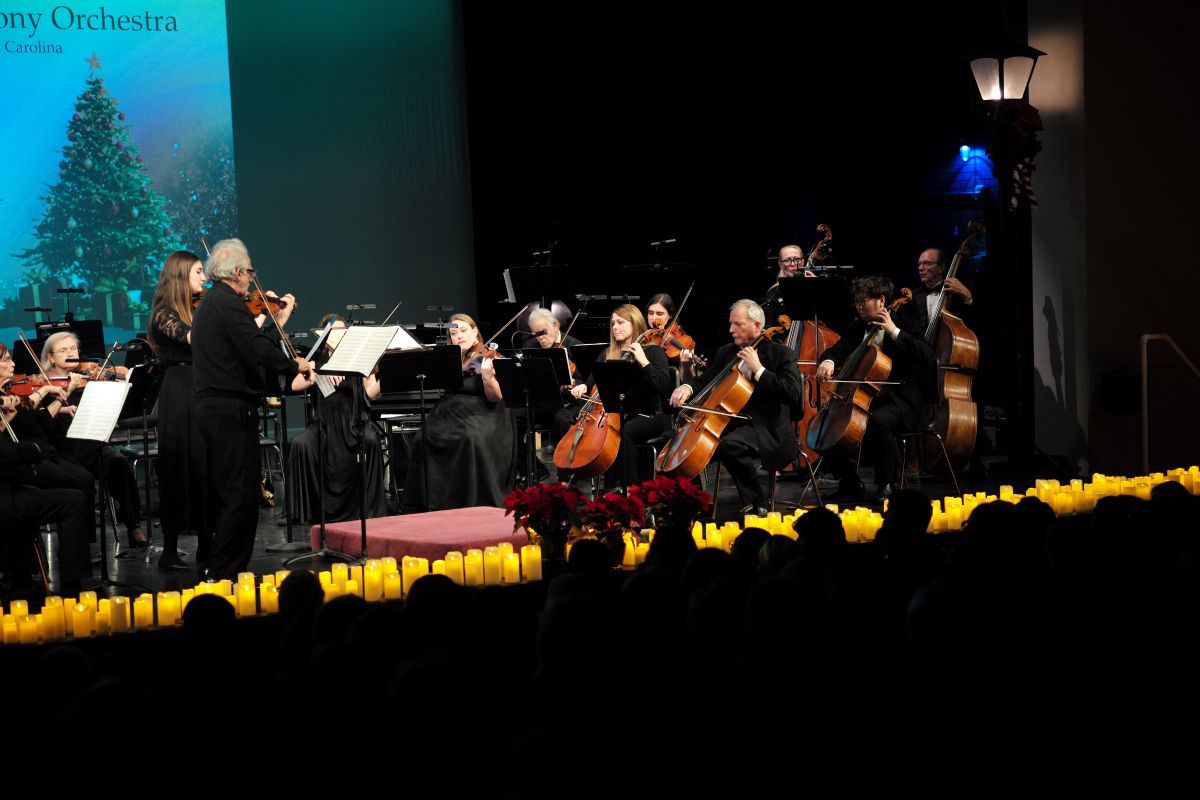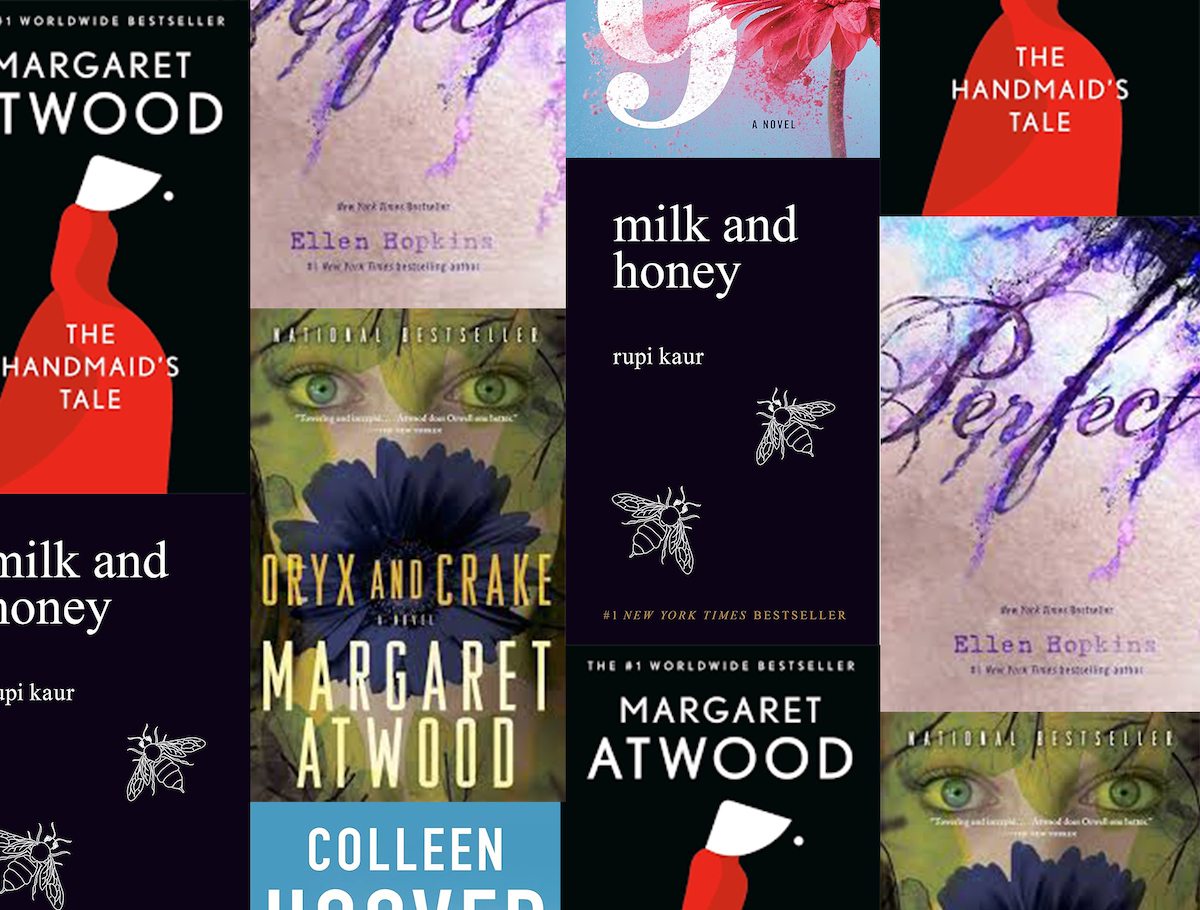By Alan Schuster
Rossini, like Mozart, was quick, clever and gifted when it came to meeting short deadlines imposed upon them by theatre impresarios. “The Barber of Seville” is a good example. After accepting the commission from Rome’s Teatro Argentina in 1816, Rossini took one month to agree upon a subject, produce a libretto, compose the music and stage it. Of course, it helped that he “borrowed” eight of the 20 set pieces from some of his earlier works. It’s also been said that it took him only 13 days to write the music, all of them in his pajamas, unshaven. “How ironic,” a friend remarked “that you wrote the Barber without shaving.” “But if I had shaved, I should have gone out. And if I had gone out, I should not have come back in time to finish it in 13 days.” He was 24 at the time.
Act I: Seville, late 17th century. Count Almaviva is in love with Rosina, the ward of Dr. Bartolo, and comes to serenade her. He pretends to be a poor student (Lindoro) so that she will not be influenced by his rank. Figaro arrives, a prominent barber from Seville. They overhear Bartolo planning to marry Rosina. Figaro suggests that the Count dress himself as a soldier, having the right to be quartered in Bartolo’s home and thus gaining access to Rosina. Rosina has fallen in love with “Lindoro” and uses all of her skill to outwit Bartolo. While the Doctor plots with Don Basilio, Rosina’s music teacher, she secures the help of Figaro. When Almaviva arrives in disguise, he discovers that Bartolo is no longer obligated to house the military. The ensuing confusion attracts the police, and Almaviva avoids arrest only by secretly revealing his identity to an officer.
Act II: The Count again tries to visit Rosina, this time dressed as a music teacher, claiming that Don Basilio is ill and that he is his replacement. He begins a music lesson with Rosina, but Basilio himself arrives. This crisis is resolved but Basilio soon recognizes “Lindoro” and chases him out. During a storm, Almaviva and Figaro climb through a window to free Rosina. Bartolo nearly foils their escape, but through Figaro’s quick thinking, Almaviva and Rosina are united and all are reconciled in time to join in a happy finale.
The Music: After a dazzling Rossini overture, Figaro makes a great first impression, entering the stage with his popular cavatina, “Make way for the handyman …”, in which he boastfully recites his resume. “Figaro here, Figaro there, Figaro everywhere!” This leads to an exceptional Figaro/Count duet “With this idea …” as they cook up a plot against Bartolo, enlivened by a fast pace with crescendos. The composer’s esteemed biographer, Stendahl, wrote that this passage was “the best thing that Rossini has ever done, and consequently the best thing that has ever been done in the entire history of music.” [written in 1824].
The last scene of the act is a remarkable start-to-finish stretch of Rossini’s distinctive talents, lasting nearly 40 minutes. It begins with Rosina’s “I heard a little voice …”, telling of her love for “Lindoro.” It’s a challenging and beautifully written aria, tempting sopranos to do some embellishments near the end. Basilio’s buffa aria, “Calumny, like a sigh …”, is a showpiece for comic characters, in which he plots a “whispering campaign” against Almaviva. It starts softly, but soon the pace becomes a run of quickly spoken words (pattering). This was a first for Italian opera and caused an immediate sensation. A very nice duet with Figaro and Rosina follows, leading to another fine aria, Bartolo’s “To a doctor …” Like “Calumny,” it’s a gem of wit and patter. The act’s finale, “Awestruck and immovable”, is an elaborate and ingenious sextet, ending with the speed of a runaway train — as well as a huge challenge for those who write subtitles. Opera historian Charles Osborne defined it as “Rossini at his magnificent best, in which the characters find themselves led by way of a crescendo to a riotous climax.” [written in 1994]
The second act — with half the time and notes — begins with the phony music lesson, “Peace and happiness,” perhaps the funniest scene of the opera. The highlight, though, is a quick and tuneful trio for Figaro and the elopers, “What unexpected bliss …” ending with the irresistible harmonies of “zitti, zitti, piano, piano” (Quickly … softly). The finale is a brief and cheerful ensemble, often performed as an upstage salute to the audience. [Running time, excluding intermission: 2:15].
In 1822, Rossini paid a respectful visit to Beethoven in Vienna at a time when he was almost totally deaf. “So you’re the composer of ‘The Barber of Seville,’”Beethoven said. “I congratulate you. It will be played as long as Italian operas exist.” When he was reminded that Rossini had written several earlier comic operas, he replied: “Yes, I looked at them.”
Starring Christopher Maltman as Figaro; Isabel Leonard as Rosina; and Lawrence Brownlee as Count Almaviva. Michele Mariotti conducts.
All seats are general admission. Adults, $20; OLLI members, $18; Students, $10. Or order online at www.uscbcenterfor thearts.com.
The opera will be broadcast from The MET to the USCB Center of the Arts on Saturday, Nov. 22, at 12:55 p.m. Box office opens at noon. For more information, call 843-521-4145.






